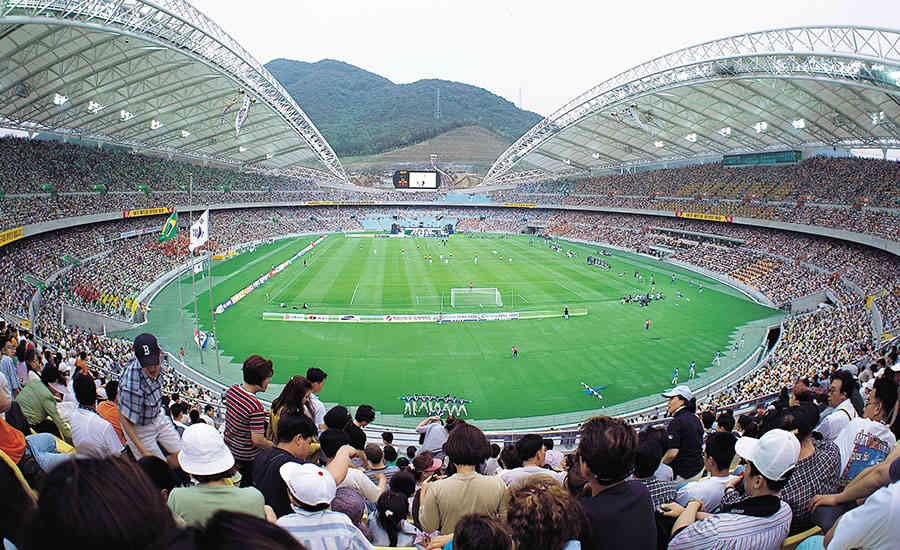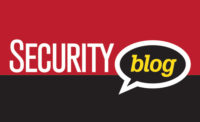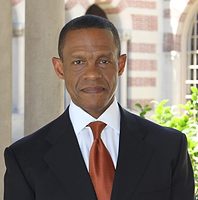U.S. Stadium Security Expert Reacts to Paris Attacks

When terrorists attacked several locations in Paris last Friday night — including the Stade de France stadium where a friendly soccer match was taking place — U.S. venues immediately took notice. They planned to increase the security at their own facilities over the weekend. But what happens next? Are U.S. sports facilities any more prepared than the French stadium, which did turn away the attacker and prevent him from actually getting in, but couldn’t stop him detonating a suicide vest so close to the arena that the ground shook inside?
“Immediately Friday night, the leagues met with Homeland Security to increase security for all the professional sports teams playing this weekend like the NHL, NFL and NBA,” says Lou Marciani, director of the National Center for Spectator Sports Safety and Security (NCS4) at the University of Southern Mississippi. “There was movement as early as Friday night to react to looking at issues facing us this weekend.”
This movement included a statement by the NFL that said, in part: “Our procedures have been certified and designated by the Department of Homeland Security since 2008 as effective anti-terrorism technology. All NFL clubs use mandatory metal detector screening and multiple layers of perimeter security external to the stadium to safeguard fans and the stadium from explosive threats.” (Read the full statement here)
U.S. stadiums and other facilities that hold sporting events are certainly more secure than they were 15 years ago, Marciani says, but there is more to do. “We have been doing this since 9/11. We keep getting better and working on best practices, looking at both physical and cybersecurity. We hope as time moves on we continue to look at technology that would move the perimeters back so we are detecting earlier, identifying issues prior to a person with a bomb vest coming at the door.”
Marciani says the terrorist in Paris was able to get “too close” and that this is something U.S. venues need to take note of.
“This was too close in France. Here comes a person up to the stadium with a bomb vest and trying to get into the game. That isn’t what we want. It always comes down to access control. That can mean to the parking lot. The culture [of sport] is moving to mini-cities being built within stadiums, with mixed retail and restaurants and stadiums. It is important to find a solution designed to increased situational awareness much earlier. I would say those solutions would look like sensors capable of identifying issues at least 300 feet away from a stadium or arena — a 300-foot perimeter with an integrated dashboard that can give tracking capabilities earlier on.”
Innovation in stadium security has been a priority for NCS4 for several years. The “Golden Eagle Award,” which is sponsored and presented by SDM, recognizes excellence in system integration, architecture, engineering and/or construction (A/E/C) specifically related to the safety and security of spectators, property and infrastructure of spectator event facilities. Past award winners have included Axis Communications, MicroPower Technologies and ISS 24/7. The fourth annual awards will open for submission in the next few weeks, according to NCS4. For more information on the Golden Eagle Awards click here.
Programs like this and more involvement from both security manufacturers and security integrators are critical to helping ensure something like the Paris events don’t happen here, Marciani adds. “I think integrators should be talking to stadium people about looking at these solutions. That is why we have this technology center and laboratory here. We are always looking for solutions to work with the industry. It does come down to integration, to a good dashboard, to people, processes and technology.”
Looking for a reprint of this article?
From high-res PDFs to custom plaques, order your copy today!





